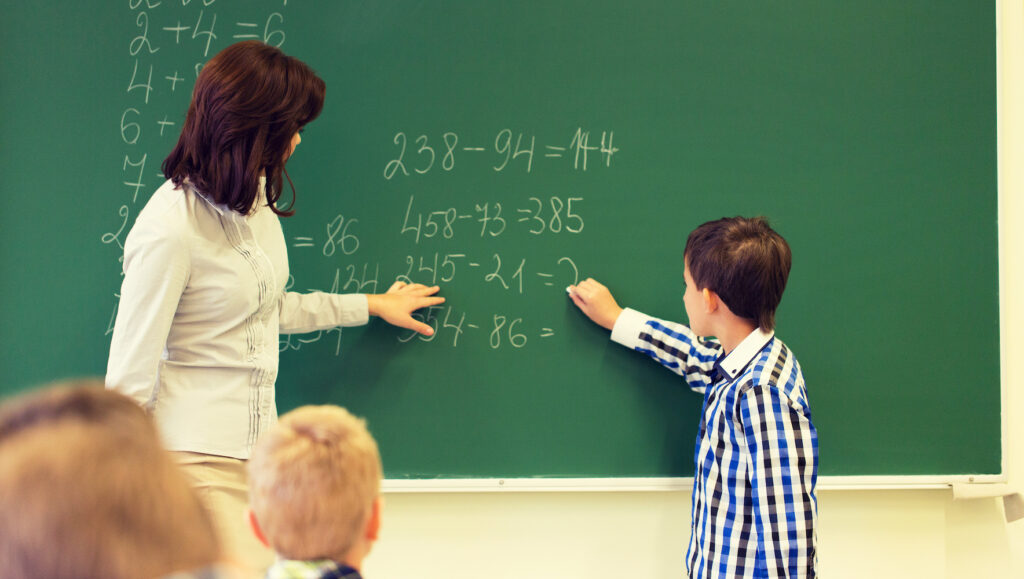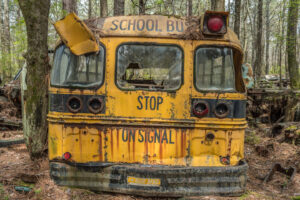The science of reading revolutionized reading instruction. Now it’s math’s turn, experts say
It’s no secret that America’s students are failing to master even basic subjects like reading and math.
While the return of the “science of reading” is improving early reading…

It’s no secret that America’s students are failing to master even basic subjects like reading and math.
While the return of the “science of reading” is improving early reading instruction, the “science of math” has yet to catch on.
According to Dr. Amanda VanDerHeyden, an education consultant and founder of Spring Math, many teachers are operating under “modern math myths” that actually undermine student learning.
“There were these things that kept coming up that teachers really believed [and] it really robbed space from more effective practices,” VanDerHeyden said in an interview. “We would spend half the training trying to explain to teachers that what they really believe is not evidence based.”
Some of those myths are that timed assessment causes anxiety, explicit instruction is only needed for struggling learners, or that conceptual knowledge (e.g., why math algorithms work) precedes procedural knowledge (e.g., solving a problem).
The poor results of math instruction are evident across the nation.
In the NAEP 2022 assessment, for example, only 35% of 4th graders were proficient in math. Results were even more dismal for 8th graders at 26%.
While teachers and parents might hope their young students will catch up in high school, VanDerHeyden doesn’t think that’s a good idea, calling math “relentlessly hierarchical.”
“If you miss it in the early years, you are in trouble,” she explained. “You are forever blocked from the advanced opportunities. That’s educational malpractice.”
In the U.S., “math wars” over how and what should be taught can be traced back to 1989 when the National Council of Teachers of Mathematics (NCTM) pushed new ideas like constructivist mathematics.
NCTM says there are two types of constructivism – radical and social. Radical constructivism claims that students don’t learn directly from a parent or teacher. Instead, knowledge “must be actively assembled in the mind by each learner in his or her own way.”
Social constructivism suggests that students learn better when working in community with other learners.
While the image of curious children learning mathematics together might sound idyllic, it’s not very practical, critics say.
Advocates for the science of math explain that teachers need to provide explicit instruction, which includes clear explanations, examples and making students practice the skills.
Although the education establishment is hesitant to change, researchers believe their work can make a difference.
“We are focused on looking at objective evidence about how students learn and how students learn math,” Dr. Sarah Powell, an education professor at the University of Texas at Austin, said in her interview with VanDerHeyden. “We can take that evidence to then make educational decisions that can inform what goes on in the classroom as well as what goes on in the policy world.”



